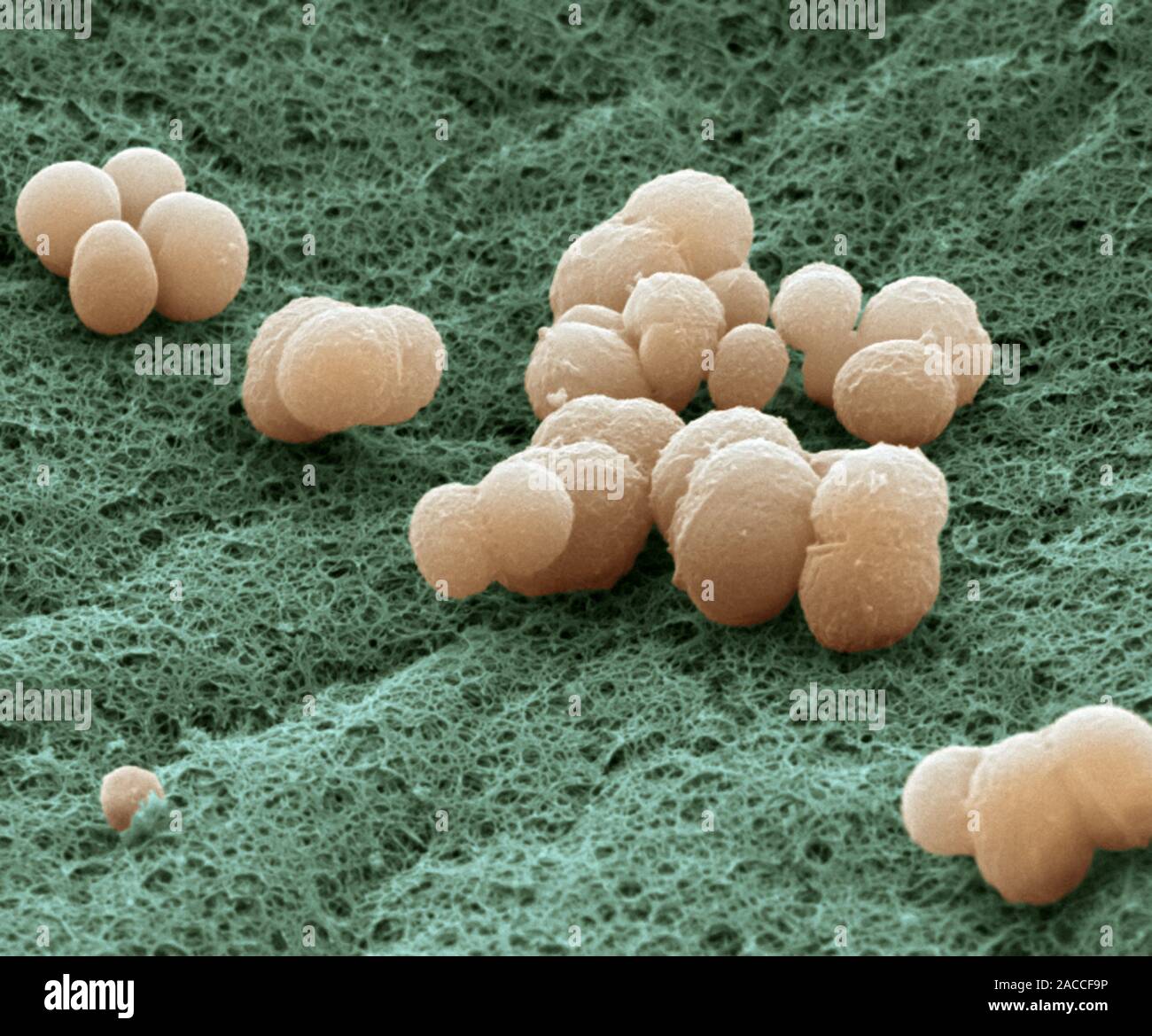
28
يونيوSuccessful Stories You Didnt Know about Bacillus Coagulans
However, neither of those strategies addresses the underlying cause of food allergy and intolerance. Over the past few many years, researchers are learning that the gut microbiome is essential for a lot of aspects of your health equivalent to your digestive well being, immune well being and absorption of nutrients from meals. The data on this web site has not been evaluated by the Food & Drug Administration or every other medical body. Vitamin c is in the drug class vitamins. Coq10 is within the drug class nutraceutical merchandise. The PCR products were used as probes for Southern blotting of homologous chromosomal DNA. In order to clone the spoIIA operon from three completely different Bacillus and Paenibacillus species, we designed two units of PCR primers based mostly on three previously revealed Bacillus spoIIA sequences. To clone the operon, one PCR primer corresponding to the C-terminal area of SpoIIAB, and a second corresponding to a area near the middle of SpoIIAC, were designed on the basis of the three previously printed Bacillus spoIIA sequences. The spoIIA locus of Bacillus coagulans (Bc) was cloned into pTZ18R and the nucleotide sequence was determined. DNA corresponding to spoIIA from the three organisms was identified by screening chromosomal DNA libraries, and cloned. It was steered that the 50-kDa fragment, an entire cytoplasmic pole of band 3, contained the blocked amino-terminal finish of band 3. Three different fragments, 45-, 39-, and 38-kDa fragments, had been produced by cleavage at distances of molecular weight 5000, 11,000, and 12,000 respectively, from the amino-terminus of the 50-kDa fragment.
 Four fragments derived from the cytoplasmic pole of bovine band three were isolated, and their potential to bind glyceraldehyde-3-phosphate dehydrogenase from bovine erythrocyte and their amino-terminal primary structure had been examined. M. fervidus grows optimally at 84°C with a maximal growth temperature of 97°C. The paper includes a detailed comparison of the current structure with four other homologous enzymes extracted from mesophilic as well as thermophilic organisms. The structural comparability with holo-GAPDH from the same species reveals a conformational change induced by coenzyme binding much like that observed in Bacillus stearothermophilus GAPDH however to a lesser extent. GAPDH from M. fervidus adopts a homotetrameric quaternary construction which is topologically much like that noticed for its bacterial and eukaryotic counterparts. The enzyme glyceraldehyde-3-phosphate dehydrogenase (GAPDH) from the archaea shows low sequence identity (16-20 %) with its eubacterial and eukaryotic counterparts. The low sequence similarity between archaeal GAPDHs and enzymes from the two other kingdoms, in addition to the problem in aligning residues implicated in the catalytic mechanism, have led to the suggestion that archaeal GAPDHs are unrelated to their bacterial and eukaryotic counterparts and present a convergent molecular evolution within the catalytic region of their structure. The difference in habits below low and high ionic strength circumstances can't be explained by the very low levels of proteolytic activity in crude extracts.
Four fragments derived from the cytoplasmic pole of bovine band three were isolated, and their potential to bind glyceraldehyde-3-phosphate dehydrogenase from bovine erythrocyte and their amino-terminal primary structure had been examined. M. fervidus grows optimally at 84°C with a maximal growth temperature of 97°C. The paper includes a detailed comparison of the current structure with four other homologous enzymes extracted from mesophilic as well as thermophilic organisms. The structural comparability with holo-GAPDH from the same species reveals a conformational change induced by coenzyme binding much like that observed in Bacillus stearothermophilus GAPDH however to a lesser extent. GAPDH from M. fervidus adopts a homotetrameric quaternary construction which is topologically much like that noticed for its bacterial and eukaryotic counterparts. The enzyme glyceraldehyde-3-phosphate dehydrogenase (GAPDH) from the archaea shows low sequence identity (16-20 %) with its eubacterial and eukaryotic counterparts. The low sequence similarity between archaeal GAPDHs and enzymes from the two other kingdoms, in addition to the problem in aligning residues implicated in the catalytic mechanism, have led to the suggestion that archaeal GAPDHs are unrelated to their bacterial and eukaryotic counterparts and present a convergent molecular evolution within the catalytic region of their structure. The difference in habits below low and high ionic strength circumstances can't be explained by the very low levels of proteolytic activity in crude extracts.
Among these, the 50-and 45-kDa fragments complexed with the enzyme to inhibit its catalytic exercise beneath situations of low ionic power, in a style similar to that in humans. As compared with the construction of the enzyme from the extreme thermophile Thermus thermophilus (TtIPMDH), a brand new short beta-sheet (residues 329-330 and 340-341) absent in TtIPMDH is formed by the insertion of 5 residues in BcIPMDH. Intrinsic thermostability of enzymes from obligate and excessive thermophiles has been the general rule in studies on mechanisms of thermophily. Among the assorted proposals which have been made in trying to clarify the power of thermophiles to reproduce at excessive temperatures, there's little doubt that obligate and excessive thermophiles synthesize proteins (and other molecules) which have ample intrinsic molecular stability to withstand elevated thermal stress. There is a relocation of the energetic-site residues throughout the catalytic area of the enzyme. The primary one, named α4, is positioned within the catalytic area and participates within the enzyme architecture at the quaternary structural degree. The organism represented what was to turn out to be a big and various genus of bacteria named Bacillus, within the Family Bacillaceae.
The second one, named αJ, happens at the C terminus and contributes to the molecular packing inside every monomer by filling a peripherical pocket in the tetrameric meeting. Aggregation occurs when the enzyme is heated at 50 ° or 55 °C. The enzyme has several variations in secondary structure when compared with eubacterial GAPDHs, with an total increase within the number of α-helices. In the crystalline state of apo-GAPDH, the general buildings of the subunits are comparable to each other; nonetheless, vital differences in temperature components and minor variations in area rotation upon coenzyme binding were observed for different subunits. The variations in magnitude in the course of the apo-holo transition between these two enzymes were analyzed with respect to the change of the amino acid composition within the coenzyme binding pocket. Participants have been divided into two groups; a control and probiotic. Participants took half in two efficiency check familiarization sessions prior to starting supplementation. Several studies have found an affiliation between supplementation with prebiotic oligosaccharides and a decreased incidence of allergic disease. It was reported that B. coagulans was discovered appropriate for human consumption. Simultaneous consumption of pentose and hexose sugars: An optimum microbial phenotype for environment friendly fermentation of lignocellulosic biomass. In accordance with Neotonics' manufacturer, the gut plays a pivotal role in controlling cellular turnover.




